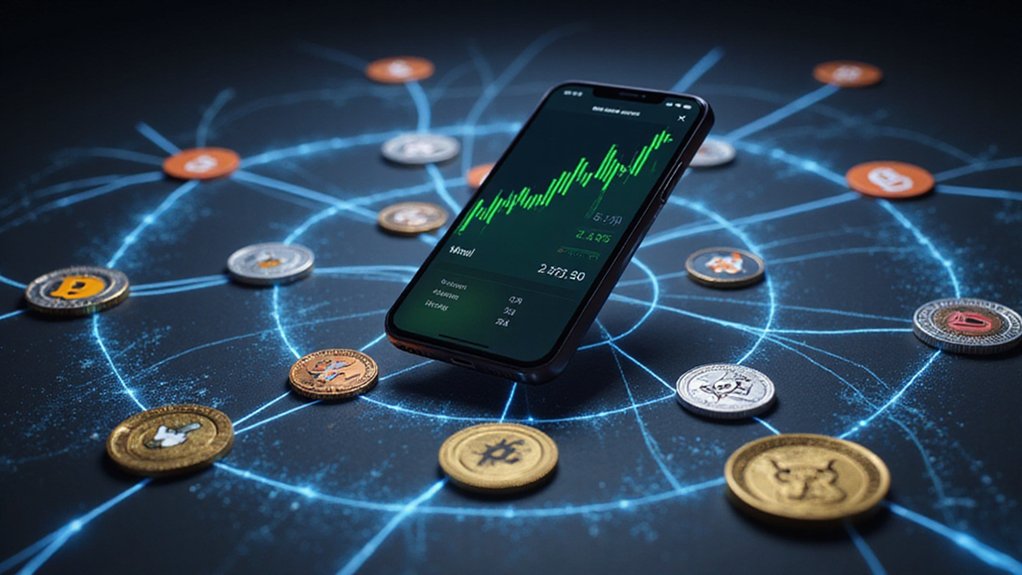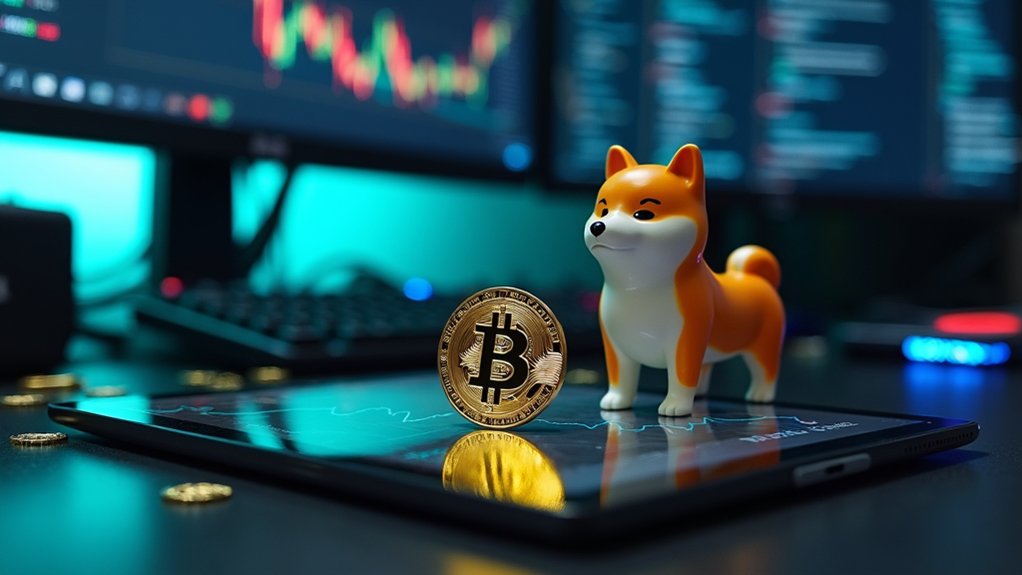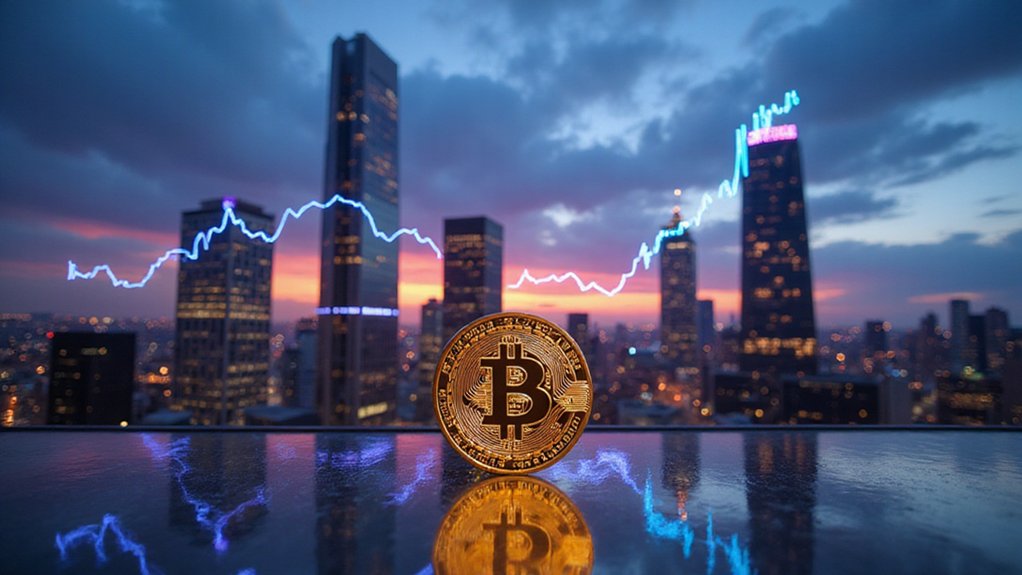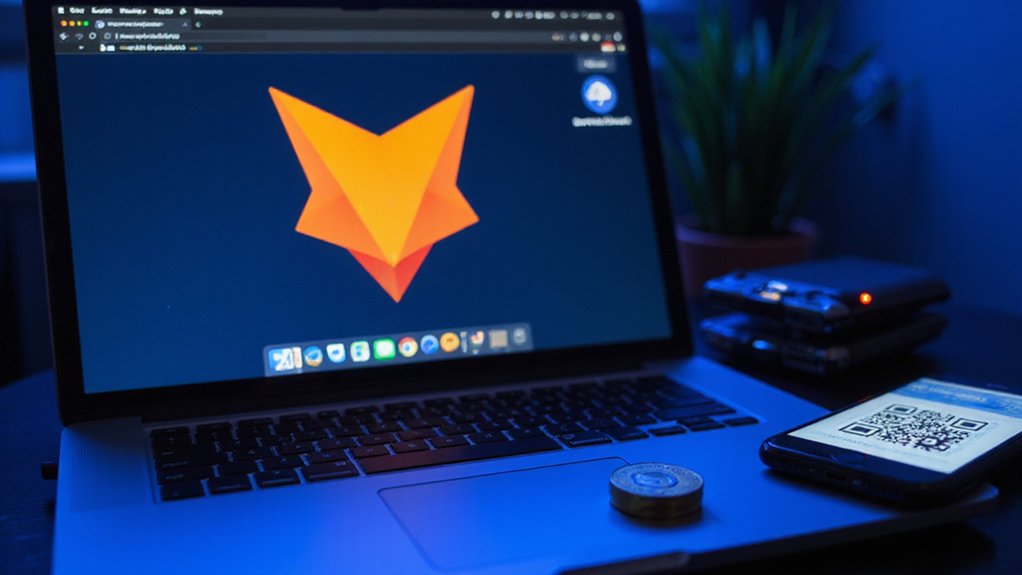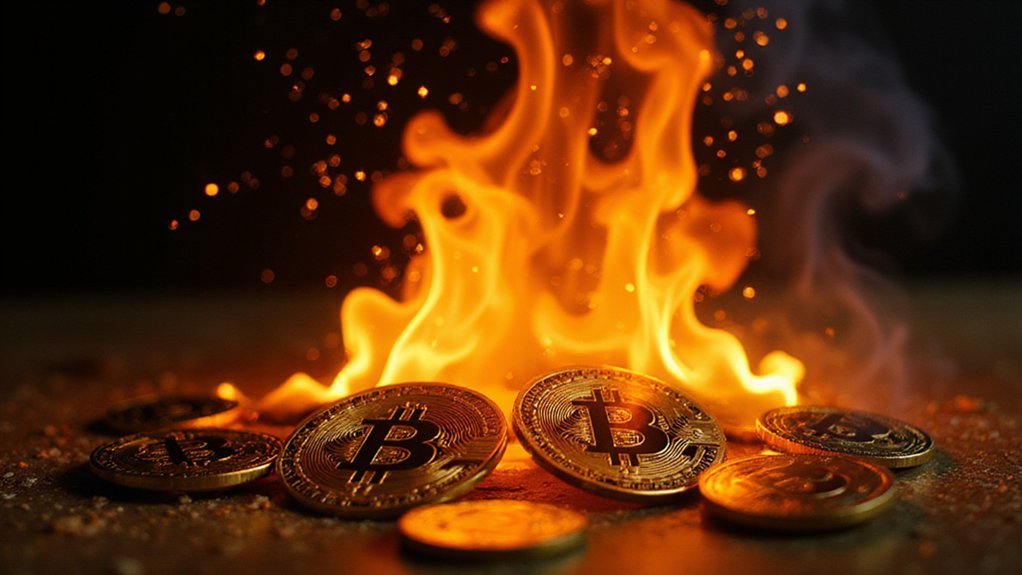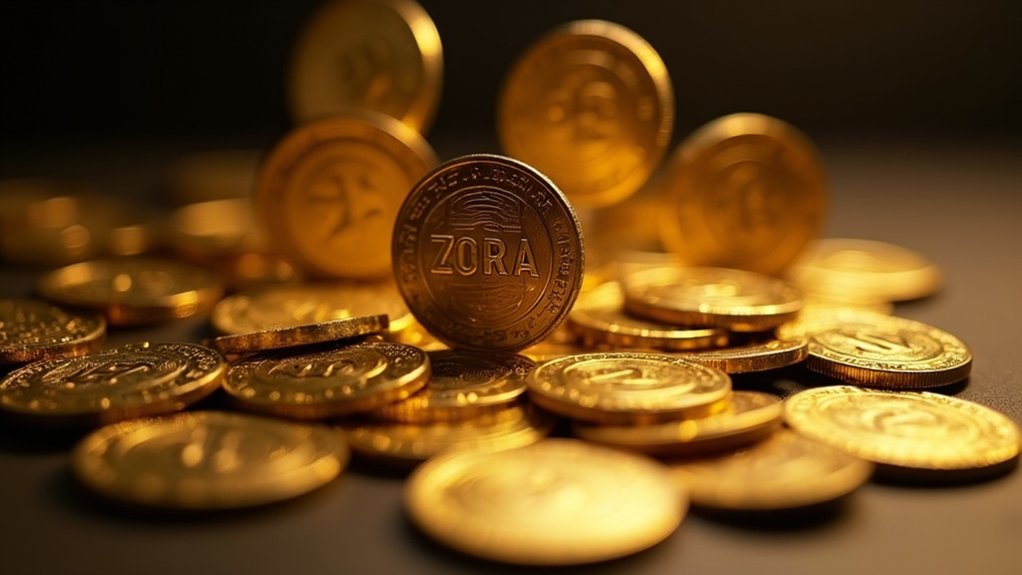To purchase meme coins, investors need a digital wallet (MetaMask or Trust Wallet for Ethereum-based tokens, Phantom for Solana), funded with base cryptocurrencies acquired from regulated exchanges. Once equipped, they can trade on centralized platforms like Binance for mainstream options or decentralized exchanges like Uniswap for obscure tokens—after verifying contract addresses to avoid scams. This curious intersection of internet culture and finance demands caution; the line between speculative opportunity and financial folly remains precariously thin in this psychological marketplace.
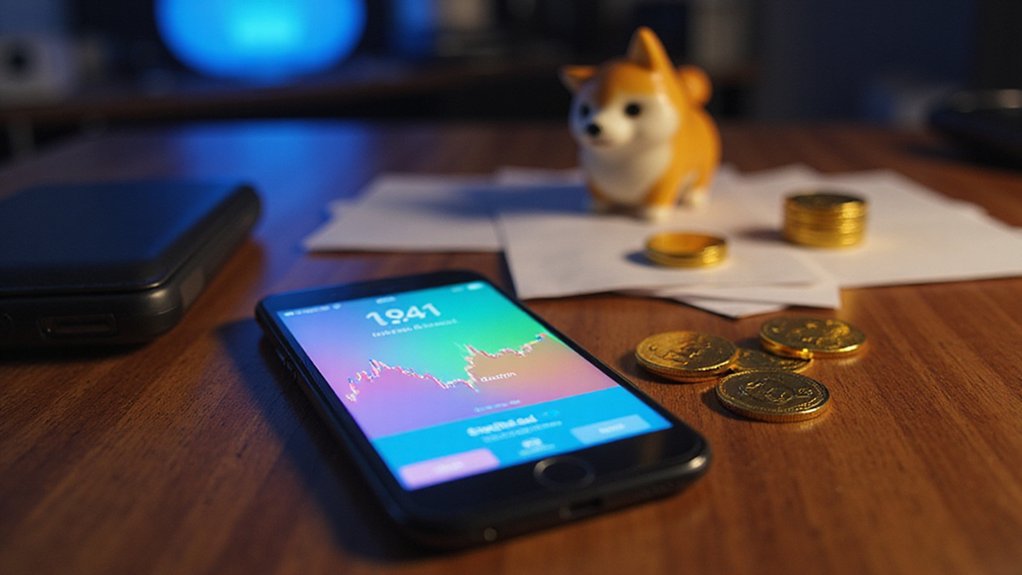
Why have traditional investment vehicles become seemingly pedestrian when one can dive headlong into the capricious world of meme coins?
The cryptocurrency domain, once dominated by Bitcoin evangelists and Ethereum enthusiasts, has spawned an idiosyncratic subset where digital assets christened after internet jokes command multibillion-dollar market capitalizations.
These tokens—Dogecoin, Shiba Inu, and their proliferating imitators—operate at the volatile intersection of social media virality and speculative finance.
To venture on this peculiar financial odyssey, one must first establish a cryptocurrency wallet—the digital equivalent of one’s financial domicile in the blockchain ecosystem.
Software options like MetaMask and Trust Wallet provide convenient mobile access, while the security-conscious may prefer hardware solutions such as Ledger. Specifically for Solana meme coins, users should consider Phantom wallet or Magic Eden as their preferred digital storage solution.
The sacrosanct wallet seed phrase (essentially, your financial DNA in twelve words) must be guarded with paranoia that would impress even the most cautious of Swiss bankers.
With wallet secured, neophyte speculators must acquire base cryptocurrencies—typically Bitcoin, Ethereum, or stablecoins like Tether—through regulated exchanges that accept fiat currency.
These exchanges function as the conventional banking system’s reluctant handshake with crypto’s libertarian aspirations.
Once funded, investors face a critical decision: utilize centralized exchanges like Binance for mainstream meme coins, or venture into decentralized platforms like Uniswap for obscure specimens (where gas fees might occasionally exceed the investment itself).
The actual acquisition process varies by platform but generally involves selecting a trading pair and executing a market or limit order.
On Binance, for instance, one might purchase DOGE with USDT through a straightforward interface reminiscent of traditional brokerage platforms.
When acquiring any memecoin, it’s essential to verify the contract address through official sources to avoid falling victim to the numerous scam projects lurking in the cryptocurrency wilderness.
Prudent investors—if such a description applies to meme coin enthusiasts—would do well to remember that these tokens’ value derives primarily from collective psychology rather than utility.
The line between brilliant speculation and financial folly remains perilously thin in this arena where fundamentals take a backseat to Reddit threads and Elon Musk’s Twitter proclivities.
Caveat emptor applies doubly when internet jokes become investment vehicles.
Frequently Asked Questions
What Happens to Meme Coins During Market Crashes?
During market crashes, meme coins—those speculative darlings of retail traders—typically experience amplified volatility and precipitous declines.
Their lack of fundamental utility renders them particularly vulnerable, often resulting in substantial investor losses (as evidenced by the Trump memecoin debacle where $2 billion evaporated).
Trading activity plummets dramatically, short positions proliferate, and market sentiment shifts toward utility-focused assets.
The crash-induced regulatory scrutiny further exacerbates their decline, while their pump-and-dump dynamics become painfully apparent during these corrective phases.
Are There Tax Implications for Meme Coin Investments?
Meme coin investments carry substantial tax implications, despite their amusing origins.
These digital assets are subject to capital gains taxation—short-term if held under a year (at ordinary income rates) or long-term if held longer (at potentially lower rates).
Investors must meticulously track their cost basis for each transaction, as the IRS views profit-taking with the same seriousness whether from blue-chip stocks or dog-themed tokens.
Tax software tools can help navigate this surprisingly complex obligation.
How Do Developers Influence Meme Coin Values?
Developers wield extraordinary influence over meme coin valuations through multiple vectors—orchestrating pump-and-dump schemes with strategically timed sniper wallet purchases, manipulating tokenomics via supply controls, and cultivating hype through coordinated social media campaigns.
Their privileged position allows them to engineer artificial scarcity, manufacture demand signals, and capitalize on investor FOMO.
The anonymity afforded by decentralized exchanges further enables market manipulation tactics that would trigger immediate regulatory intervention in traditional securities markets.
Can Meme Coins Be Staked for Passive Income?
Yes, meme coins can indeed be staked for passive income, though the practice comes with its own peculiar risk-reward calculus.
Investors can delegate tokens through centralized platforms like Binance Earn or decentralized alternatives such as Lido, earning regular rewards based on staking duration and amount.
While this approach offers compounding potential and encourages long-term holding (perhaps mercifully reducing market volatility), one must navigate lock-up periods and remain mindful that the underlying asset’s capricious nature doesn’t magically stabilize through staking.
What Red Flags Indicate a Potential Meme Coin Scam?
Potential meme coin scams often exhibit telltale warning signs: anonymous development teams operating behind cartoonish avatars; suspicious tokenomics featuring astronomical supplies and concentrated holdings; marketing campaigns that substitute substance with celebrity endorsements; and technical red flags like honeypot mechanisms preventing sells.
The ecosystem’s most egregious offenders typically combine these elements with promises of “guaranteed” returns—a financial impossibility that somehow persists as catnip for the perpetually optimistic investor seeking moonshots over fundamentals.
